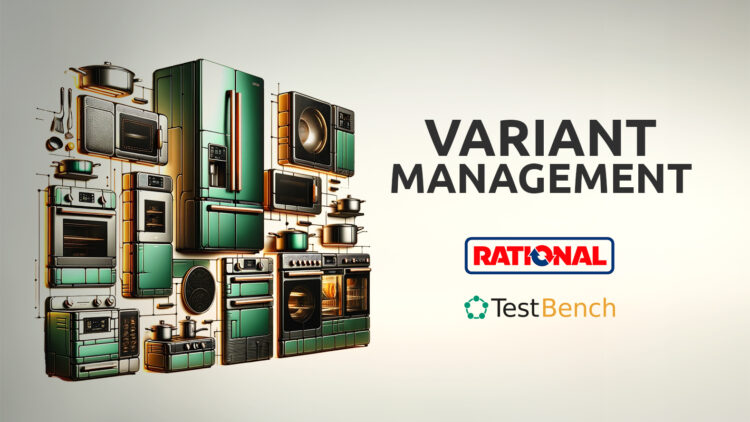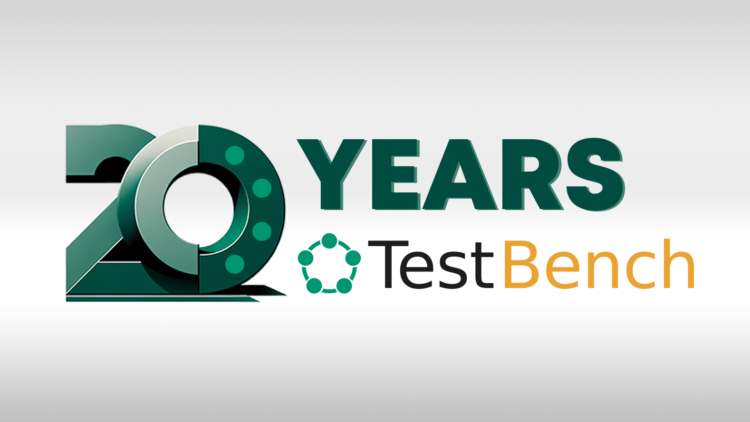
Efficient variant management in the world of professional kitchen appliances
In the world of professional kitchen appliances, RATIONAL dominates the market with innovative technologies. However, the diversity of its products posed a challenge. Find out how TestBench enabled a significant increase in efficiency thanks to integrated variant management.
RATIONAL is the undisputed leader in the field of professional kitchen appliances. With their innovative technology for thermal food preparation, they have created a market that focuses not only on quality but also on efficiency. But behind the scenes of these top products lies a complex challenge: managing the high product variance in software quality assurance. This is where TestBench comes into play, a crucial tool that not only masters the challenges, but also leads to a significant increase in efficiency.
The initial situation:
RATIONAL is known for its wide range of kitchen appliances, including the iCombi (combi-steamer), iVario (all in one: cooker, pot, pan, deep fryer, pressure cooker, bain-marie) and iHexagon (combi-steamer with microwave support). Software plays a decisive role in controlling the intelligent appliances. It defines the cooking sequences and controls the entire process. Bus communication with the various components is essential.
The large number of variants of these products posed a challenge in terms of software quality assurance. The difficulties included, for example, the fact that the tests for common functions were often defined multiple times, resulting in redundancies in the test specification. In addition, the tests for different product variants were not centrally available and difficult to manage, and the test data was not individually defined for each product variant. Changes could not be systematically identified and analysed across all variants and the execution and logging of tests was inconsistent and difficult to coordinate.
The solution:
Thanks to the introduction of TestBench, we were able to respond effectively to the challenges posed by the diversity and numerous variants of our products. The variant management in TestBench enables a targeted selection of test cases according to common basic functionality and variant-specific functionality. TestBench automatically selects the appropriate test cases for each product variant and enables flexible variation of the test data depending on the variant. This enables us to achieve more efficient test coverage without having to fully test common functionalities in each variant.
In terms of test automation with the Robot Framework, TestBench has also proven to be extremely useful. The keyword-driven testing anchored in TestBench enables meaningful structuring and management of automated tests, ensuring a high degree of reusability and maintainability of the test cases. The exported robot files from the different variants in TestBench are used to start the tests.
The result is a smooth interaction between test specification and test automation, so that all the benefits of keyword-driven testing are realised in both areas and this is guaranteed at all times, even across many variants.
The results:
As a result, TestBench has proven to make a decisive contribution to test design. It enables tests to be designed in advance for variants that may not yet have been actively tested but could be important in the future. As soon as these variants are introduced, the test process can be started smoothly by simply using a derivation of the relevant variant. In addition, joint software development with other sites and the use of shared test descriptions have contributed significantly to increasing efficiency. To summarise, we have seen a significant increase in efficiency, particularly due to effective variant management.
The outlook:
Our goal for the coming months is to further deepen the connection between TestBench and the Robot Framework. We are focussing in particular on the direct import of keywords into TestBench. We are also planning to press ahead with the integration of Jira with TestBench.


